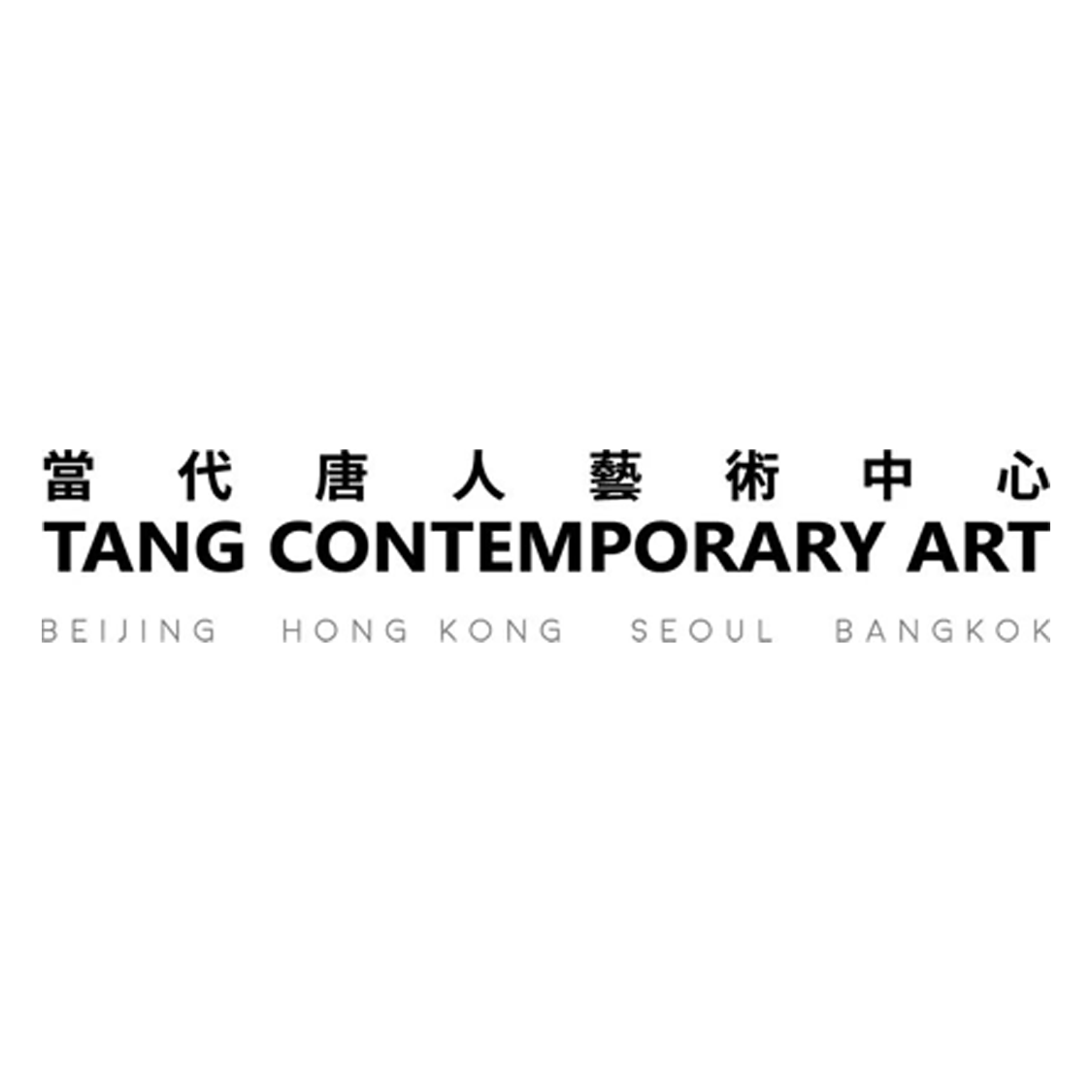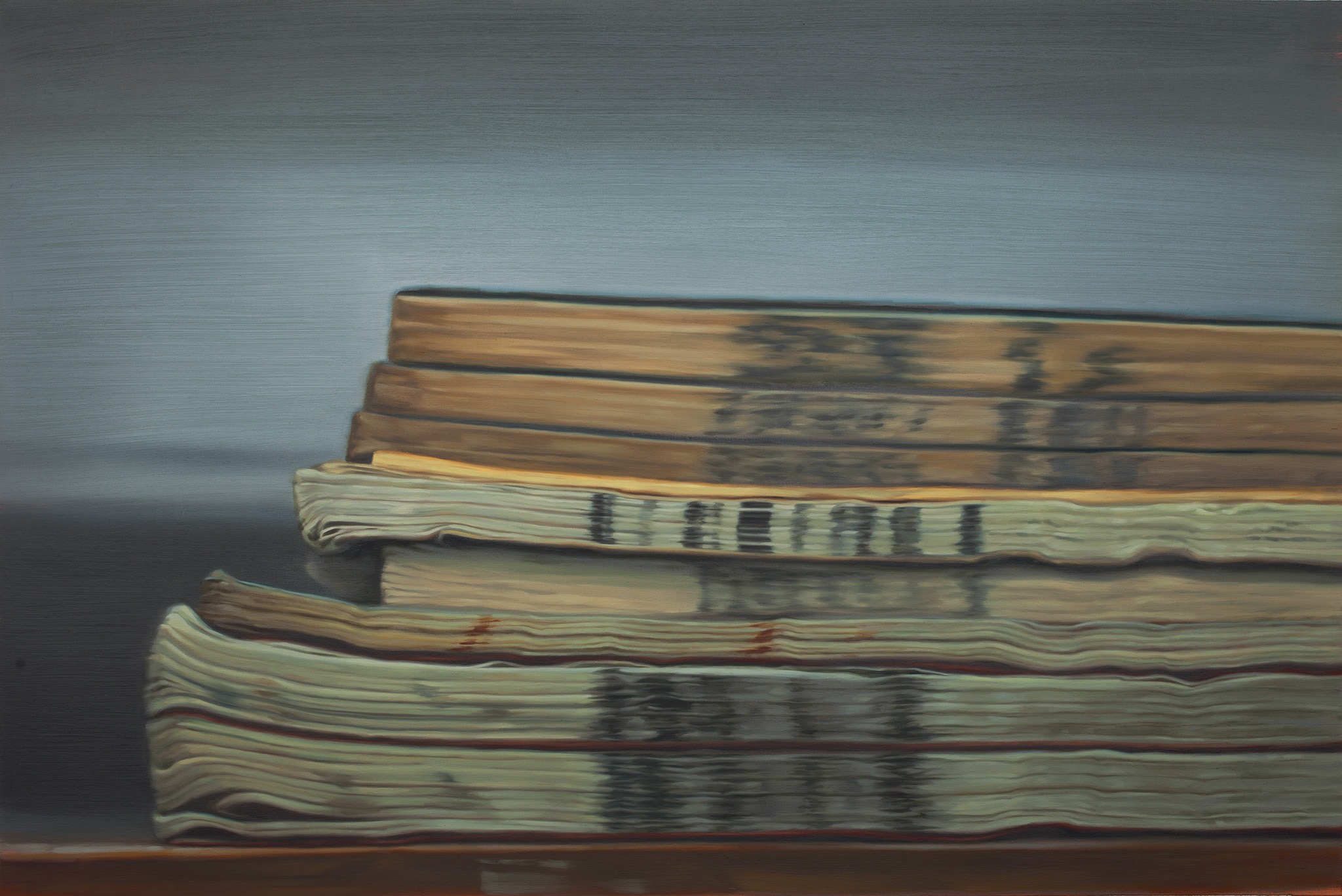![]()
With City of Chimeras, the Russian art collective AES+F extends its conceptual exploration of Inverso Mundus (World upside down), delving deeper into the symbolic and cultural implications of the chimera. Historically, the chimera has been associated with hybridity and monstrosity, a creature composed of disparate animal forms that, in classical mythology, signified both physical threat and metaphysical transgression. Over time, this image has evolved from a representation of chaos and danger to a broader metaphor for illusion, unattainable aspirations, and the instability of identity. AES+F's latest series reinterprets this mythological being not as an object of fear, but as a familiar and even endearing presence—an approach that challenges traditional conceptions of beauty, normality, and the aesthetic integration of the monstrous into the everyday.
The absorption of the monstrous into quotidian life has been a recurrent theme in literature, philosophy, and the visual arts. AES+F’s work resonates with Franz Kafka’s The Metamorphosis (1915), in which Gregor Samsa’s inexplicable transformation into an insect is met not with existential dread but with pragmatic adaptation. The horror of his new form is gradually normalized within the domestic sphere, underscoring how the grotesque, when confronted repeatedly, loses its power to shock and instead becomes embedded within the structures of daily life. This process of normalization is central to City of Chimeras, where AES+F presents fantastical hybrid creatures not as anomalies but as extensions of contemporary subjectivity. By domesticating the chimera, the collective reflects on the ways in which modern society assimilates its own illusions, desires, and distortions, integrating them into the visual and cultural landscape.
AES+F’s artistic practice has long been defined by a fusion of classical and contemporary visual languages, and City of Chimeras continues this tradition. The paintings in this series, unique oil-on-canvas works, originate from the broader Inverso Mundus project, a multimedia endeavor that merges live human figures with digitally generated imagery. This hybridization of artistic methodologies mirrors the conceptual themes of the work: just as the chimera embodies a collision of disparate forms, AES+F’s technique collapses traditional oil painting into a digital aesthetic, creating a visual language that is simultaneously archaic and futuristic. The result is a liminal aesthetic space, in which past and present, myth and reality, materiality and immateriality converge.
The exhibition also engages with a broader philosophical discourse on the nature of transformation, illusion, and paradox. AES+F’s work can be situated within a lineage of artists who have interrogated the aestheticization of the grotesque, from Hieronymus Bosch’s fantastical visions of hybrid creatures in The Garden of Earthly Delights (c. 1490–1510) to Francisco Goya’s Los Caprichos (1797–98), which satirized the social and political chimeras of his time. And we can’t miss to observe that for decades the collective’s hyper-stylized compositions anticipated the digital surrealism of contemporary visual culture, in which AI-generated imagery blurs the boundaries between reality and simulation. The chimera, in this context, becomes not just a mythological reference but a reflection of the unstable nature of contemporary identity, where digital avatars, virtual personas, and algorithmic constructs redefine the parameters of selfhood.
At its core, City of Chimeras is an exploration of the contradictions inherent in the contemporary moment. By transforming creatures of danger into icons of adoration, AES+F subverts the traditional dynamics of fear and attraction, revealing a world in which instability and contradiction are not only tolerated but embraced. Just as Kafka’s Samsa exists in a perpetual state of in-betweenness, neither fully human nor fully insect, neither entirely rejected nor wholly accepted, the chimeras of AES+F occupy a liminal space in which categories dissolve and new possibilities emerge. This exhibition challenges viewers to reconsider their own perceptions of beauty, horror, and transformation, positioning the chimera as an emblem of the fluid, hybrid, and ever-evolving nature of contemporary existence.
Address:
10/F, H Queen's, 80 Queen's Rd. Central, Central
Opening Hours:
Tues–Sat 11am–7pm
Phone:
+852 2682 8289
Website:
tangcontemporary.com




